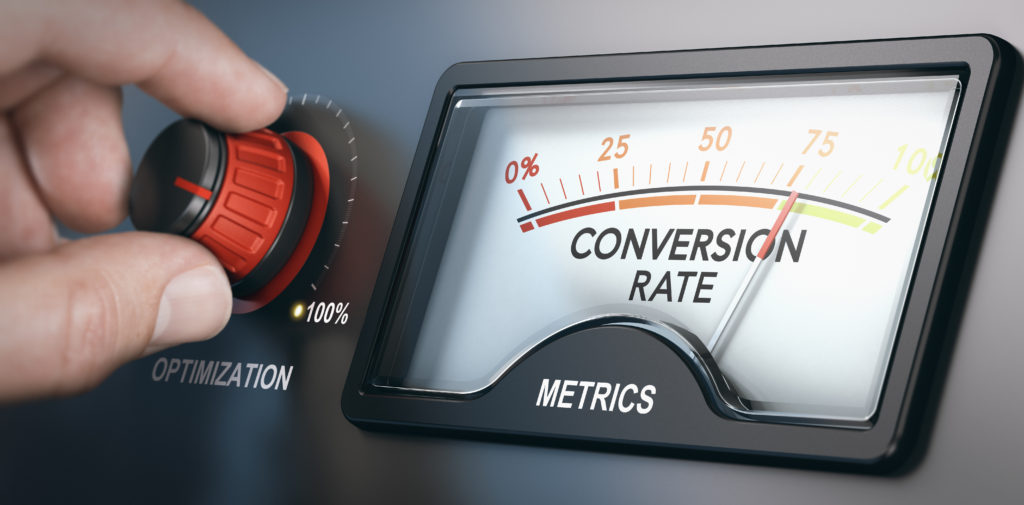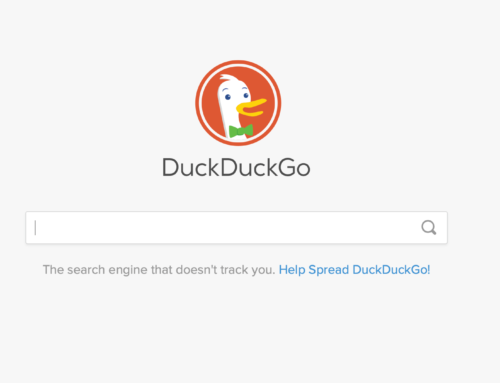How many leads do you need for effective B2B demand generation? How many of those should come from marketing?
These may seem like rhetorical questions to which the answers are “as many as we can get” and “all of them”. However, optimizing your marketing spend requires a disciplined approach.
Qualifying Leads
Precisely defining lead types and tracking their conversion through the sales funnel will tell you exactly the number needed to meet your revenue objectives.
Working together, sales and marketing set the criteria for determining what constitutes a qualified lead. This eliminates friction and waste. It removes the finger-pointing such as “you don’t give us enough qualified leads” and “you don’t follow up on the leads we give you.”
A Marketing Qualified Lead (MQL) is a lead that is more likely to become a customer compared to other leads. This is based on activity. For example, a prospect may read an email you sent, interact with your brand on social media, or fill out an online form to access content.
A Sales Qualified Lead (SQL) is a prospect who has not only shown a deep interest in your products and services but has also shown some sort of intent to purchase.
“Deep interest” can be measured by the number of these actions they take, and the importance of each activity. It takes more effort to complete a form to download an eBook than it does to like a social media post. The former action shows greater interest. Measuring these actions is known as lead scoring.
Between an MQL and an SQL is the Sales Accepted Lead (SAL). The SAL is acknowledgment by sales that an MQL meets the criteria to warrant follow-up. It is the official handoff between marketing and sales.
Sales must give regular feedback to marketing as to why a high-scoring lead went nowhere. Was it a genuine opportunity that was worked and lost, or just a competitor gathering intel on your site? The feedback loop ensures valid leads are passed through each stage.
Tracking B2B Leads
B2B leads come from multiple channels, both online and offline. Search, social media, events, email, and phone calls are the primary sources.
Social media platforms, email providers, and search consoles include capabilities to track leads. Tools such as pixels, UTM parameters, and marketing automation software help track users across multiple sources.
Tracking pixels, also known as tags, are activated when a user visits your website. It sends data about the user, what actions they performed on your site, and where they came from back to the tracking platform. You can install pixels (a short piece of website code) that send data back to Facebook, LinkedIn, and other social platforms.
When a user clicks a link containing UTM parameters, the parameters provide valuable information to your web analytics platform. The UTM parameters associate the content that drove the user to your site, and what actions they took while they were there.
Google Analytics is a great tool for viewing traffic from multiple online campaigns. It allows you to slice and dice the data into customized reports to answer nearly any question.
Ultimately, CRM is the best place to calculate the conversion rate. This is especially true with B2B marketing, where sales are not completed via your website. Sales must track and update the lead once it’s in the working stage and designate its ultimate outcome.
Calculate Stage Conversions to Sales
Once you know your lead conversion rates, you are ready to calculate how many leads are required to make your revenue target. There are many tools available to do this, including a simple Excel spreadsheet.
You can calculate this in either top-down or bottom-up fashion with respect to the sales funnel.
Going from a top-down approach, start with the gross number of unqualified leads coming from all touchpoints. This includes website visits, video views, trade show visitors, and other types of traffic.
When a contact enters the top of the funnel, they are better categorized as suspects rather than prospects. Lead scoring determines whether a lead becomes an MQL. The lead score criteria may be based on demographic data (industry, company size, contact authority) and actions the user takes when they come in contact with your brand.
Now, look at your conversion rate historical data. Multiplying the number of raw leads by your lead-to-MQL conversion rate yields the number of MQLs to expect.
The process is repeated for the MQL-to-SAL progression through the funnel. Again, sales acceptance of an MQL relies on a pre-defined agreement between sales and marketing.
The qualified lead continues through the funnel, hopefully becoming an SQL and eventually a win.

To determine the number of leads needed to meet a revenue goal, use the bottom-up method. The lead still flows through the funnel in the same manner, using lead scoring and analytics. However, this approach begins by determining the number of sales needed to meet the revenue goal.
Once you define that, work backward to determine the number of leads needed at each stage in the funnel. Ideally, the more the merrier, but knowing the absolute minimum required helps you optimize marketing spend.
Regardless of the criteria you use to define each lead type, or how you calculate metrics, a methodical approach will help you stay on track to meet your revenue goals.
Need help finding your lead targets? Town Crier can help. Send us an email or visit www.towncriergroup.com.






